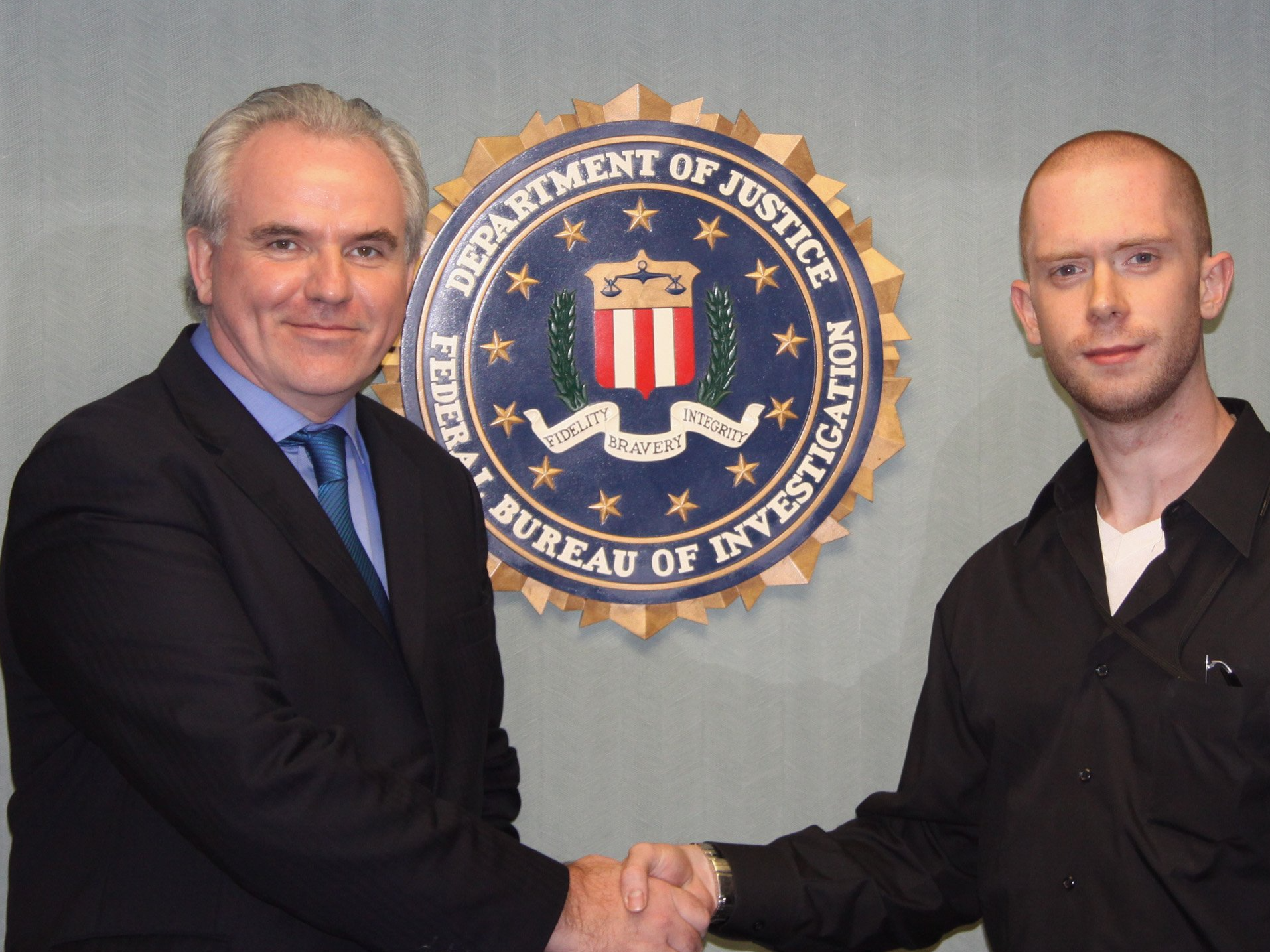Where to Start Cold Reading: A Beginner’s Guide
Where to Start Cold Reading: A Beginner’s Guide
If you’ve ever been fascinated by psychics, mentalists, or persuasive communicators, you may have wondered, where to start cold reading? Cold reading is the art of making statements that sound insightful and personal, even when you know nothing about the other person. It’s a skill that combines psychology, communication, and performance.
In this guide, we’ll explore exactly where to start cold reading, what tools you need, and how to begin practising effectively.
Understanding Cold Reading
Before figuring out where to start cold reading, it’s important to understand what it is. Cold reading is not about supernatural powers. Instead, it’s a set of techniques that give the impression you know a lot about someone.
Psychics may use it to sound mystical, but salespeople, leaders, and entertainers can use the same methods to connect with people quickly, build rapport, and influence conversations.
So if you’re asking yourself, “Where to start cold reading?”, the first step is to recognize it as a skill anyone can learn, not a mysterious gift.
Where to Start Cold Reading: The Basics
When people ask where to start cold reading, the answer is always the same: begin with the fundamentals. These include:
Barnum Statements – General truths that apply to almost everyone. For example, “You sometimes doubt whether you’ve made the right decisions, but deep down you know you’ve chosen wisely.”
The Rainbow Ruse – Giving someone two opposite traits at once, such as “You can be very outgoing, but at times you prefer to keep to yourself.”
The Lucky Guess – High-probability statements like “You’ve had a recent concern about money or health.”
The Jacques Statement – Telling people how others see them: “People often underestimate just how capable you are.”
These building blocks are the foundation if you’re figuring out where to start cold reading.
Practising the Skills
Once you know where to start cold reading, the next step is practice. You can try these techniques in everyday conversations:
Observation: Notice clothing, jewellery, or body language, and use these as starting points for statements.
Feedback Loop: Pay attention to how people respond. If they nod, smile, or give verbal confirmation, keep going in that direction.
Safe Generalisations: Start broad, then narrow your focus as you receive more cues.
The key when learning where to start cold reading is to treat every conversation as practice. Even if you’re not trying to give a “psychic reading,” you can still use these techniques to sound more engaging and empathetic.
Resources to Explore
If you’re asking where to start cold reading, books and training courses can accelerate your learning. Ian Rowland’s The Full Facts Book of Cold Reading is widely regarded as the definitive guide. Free resources and introductions, such as A Simple Introduction to Cold Reading, also offer step-by-step insights.
Workshops and online tutorials can provide practical demonstrations. If you’re serious about the subject, find opportunities to watch mentalists and psychics perform, then analyse how they apply the techniques.
Where to Start Cold Reading in Business and Everyday Life
Cold reading isn’t just for psychics. If you’re wondering where to start cold reading in a professional context, think about how it applies to:
Sales – Build instant rapport with potential clients.
Leadership – Understand and connect with your team on a deeper level.
Networking – Keep conversations flowing and leave a memorable impression.
Knowing where to start cold reading in everyday life means using it not for deception, but for better communication.
For anyone intrigued by psychology, persuasion, or performance, the big question is always where to start cold reading. The answer: start small, learn the core techniques, and practise in low-pressure conversations.
Cold reading isn’t magic. It’s a learnable skill that blends observation, empathy, and communication. Once you understand where to start cold reading, you’ll discover not just how to sound insightful, but how to connect with people in ways that feel genuinely magical.





